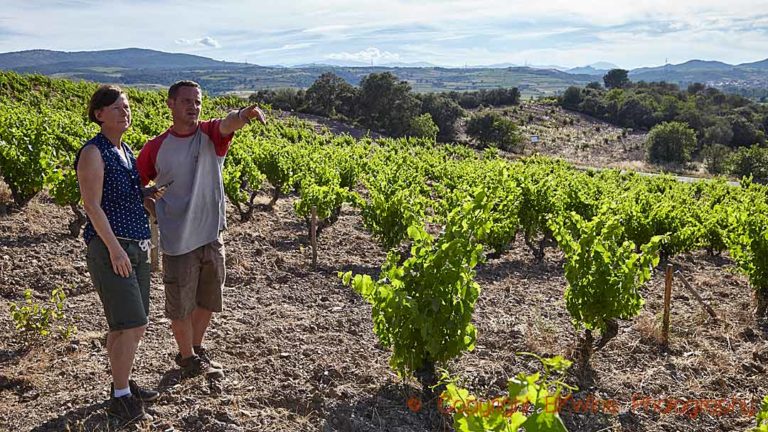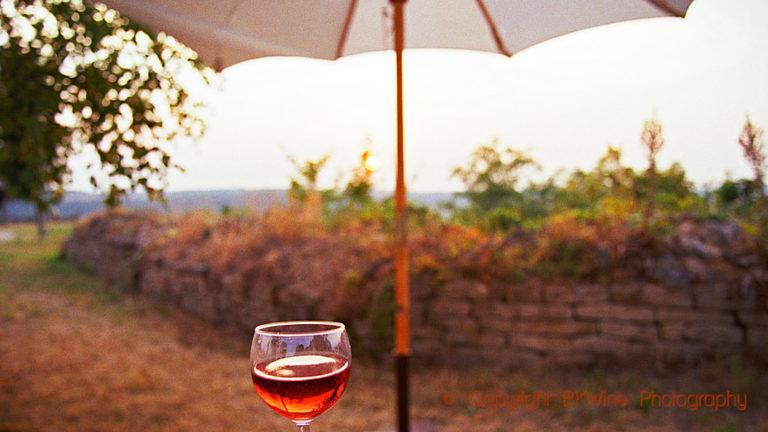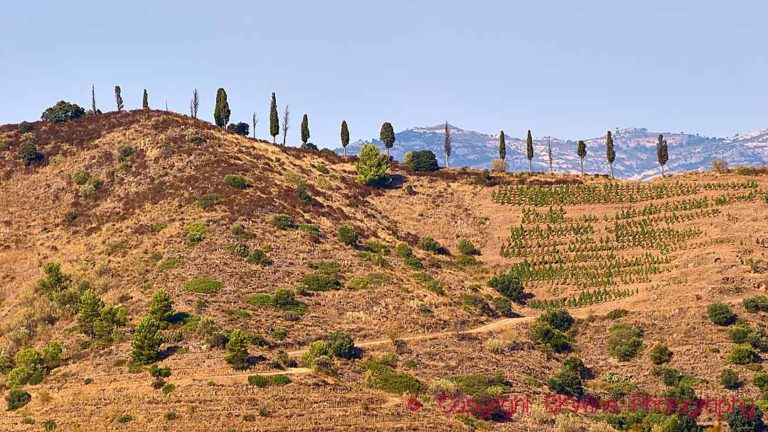

 A gloomy spring… Wild or cultured?
A gloomy spring… Wild or cultured?
This month we give you quite a bit of reading and also a lot of videos. We have published several interesting (?) articles that you can read about in the Brief, plus a whole series of videos.
By the way, we have discovered that there are some unexpected people who read what we are writing. BKWine Magazine is occasionally quoted in the newsletters from, for example, Wine Business Monthly in California and the International Organization of Vine and Wine (OIV). That is great and makes us happy!
The spring has otherwise been gloomy in many places in the vineyards around Europe. It is above all the frost that has hit hard across almost all of Europe. France, Italy, Germany, Austria and even Spain have had so severe frosts that vineyards have been destroyed. Some winemakers have frost damage that reaches 80% or more of the vineyards. Destruction of almost all the year’s harvest. Others have been spared. It has often been awful to look at the vineyards on some of our wine tours this spring. More on the frost in the Brief.
There is much talk about “natural” yeast nowadays. Often “natural” yeast is put forward as something that gives the wine more character, or simply better. Actually, all yeast is “natural” and you should not think that it is anything dangerous, suspicious or unhealthy to use “cultured” yeast. All cultured yeast comes from “wild” yeast, you simply select yeast strains that you feel are best and propagate them. Then it becomes “cultured” or “added” yeast. This is a topic that is shrouded in a lot of myths and misconceptions in the wine world.
I heard for example some time ago a person in the industry (an MW actually) who asked a winemaker who used added (cultured) yeast, “Why don’t you use ‘natural’ yeast? Half of all winemakers do.” I think that’s not quite the case actually.
When I was in Cyprus recently in connection with a wine competition I had the opportunity to discuss this with a consultant oenologist who participated in the jury. His estimate was that at least 90% of all wine in the world is made with cultured yeast. It is difficult to find exact numbers but his guess is fairly similar to my own estimation.
I would venture to guess that most of the world’s “great” wines are made with cultured yeast, but some are of course made with the “natural” or “wild” yeast.
As in most things in wine it is not black and white. There are advantages and disadvantages with “natural” yeast as well as with “cultured” or “added” yeast.
If you have a long summer in front of you, I recommend that you read a good book. If you have had enough of detective novels I can suggest a good wine book. (For example ours on organic, biodynamic and natural wines.)
Enjoy the Brief.
Britt & Per
PS: Recommend to your friends to read the Brief !
This is just the introduction to the latest issue of the Brief. Subscribe to the BKWine Brief and you will get the whole edition in your mailbox next month.









